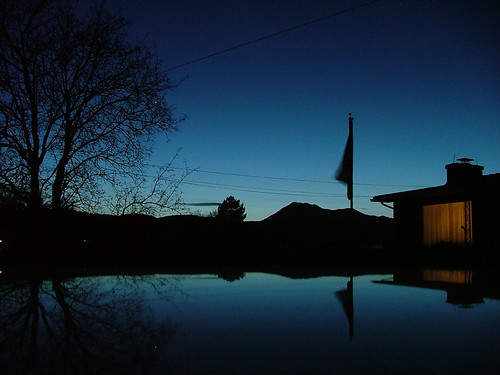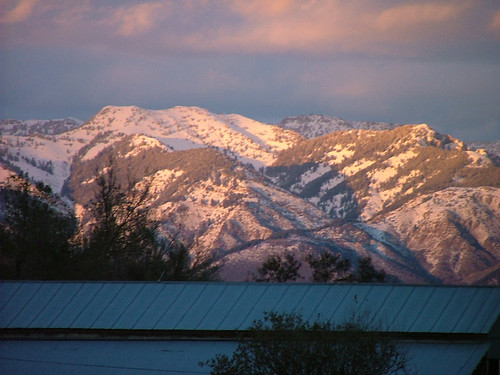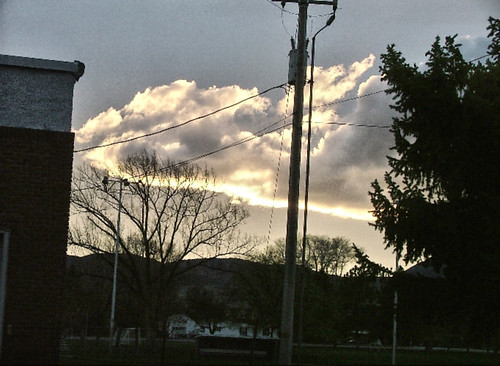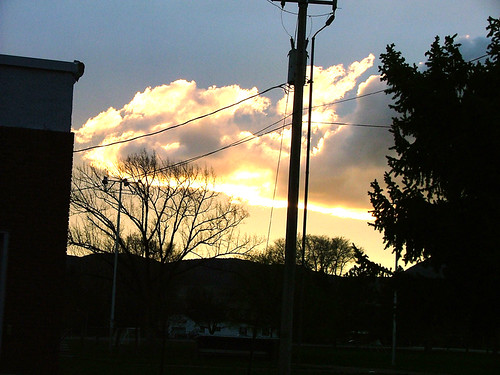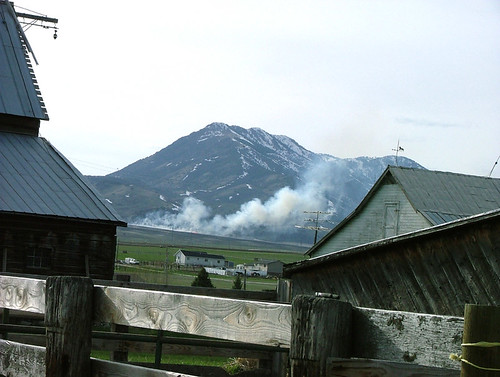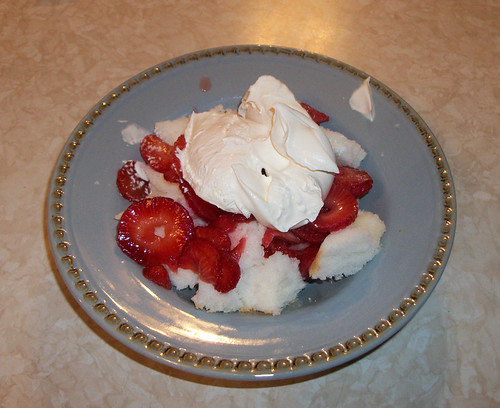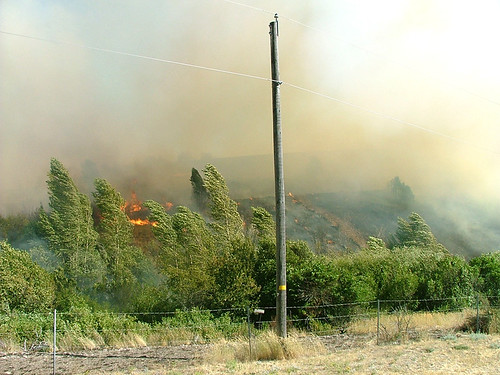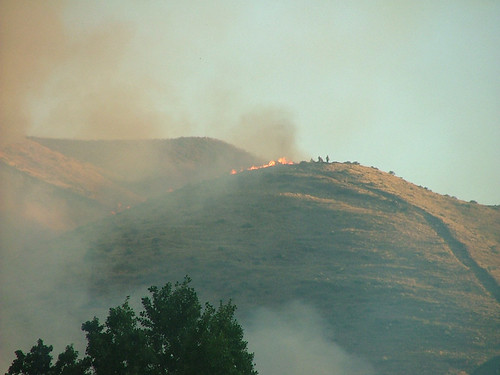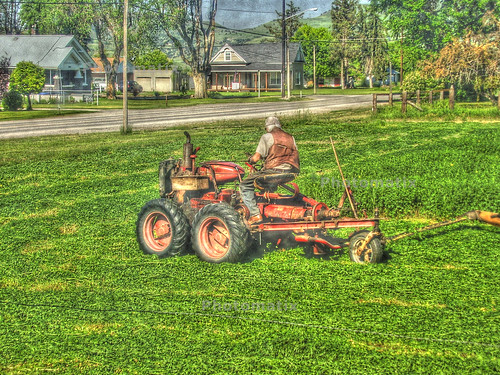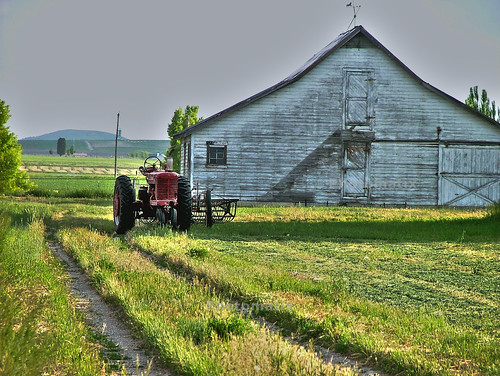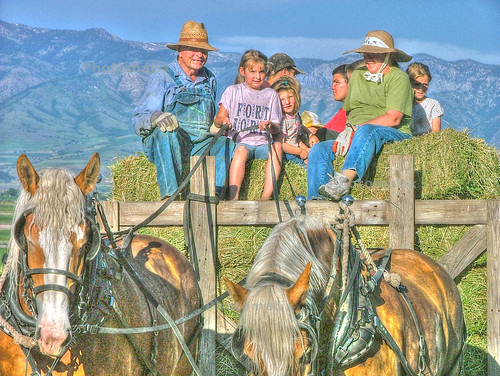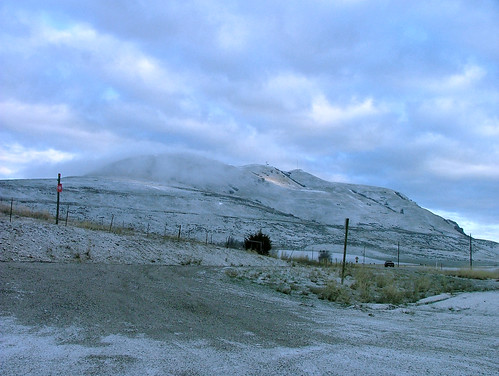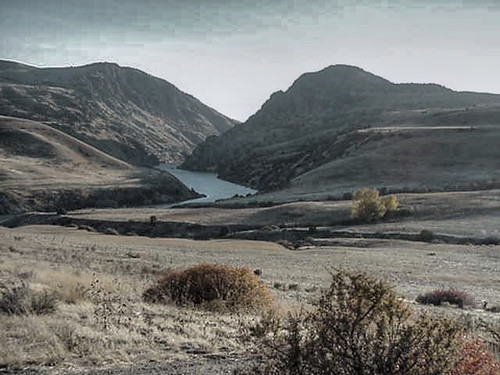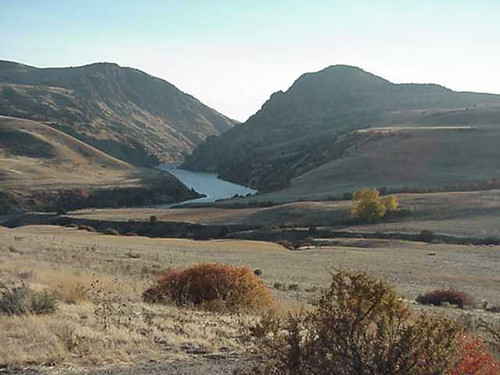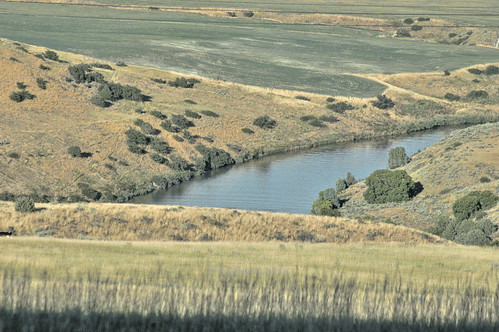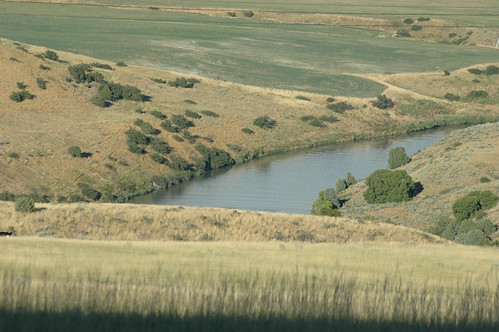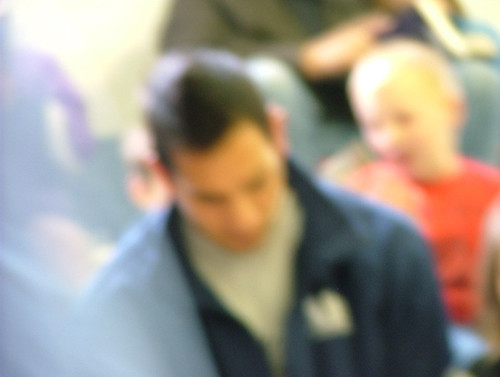Continuation of this post
After leaving Salt Lake in 1855 to farm in Lehi, Utah, William and Mary settled there for a time, and two children were born. The second child was named William F. Rigby Jr. (my grandmother’s father). It was here that William entered into polygamy when he took a second wife, Lousia . After 2 years she left the family.
In 1860 William travelled to Cache Valley to scout out a place to move his young family. After spending the summer in Wellsville and raising a successful crop, he returned to Lehi for the winter. The next spring he brought his wife and children back to Cache Valley to settle in Wellsville. William married his third wife in 1863 and fourth in 1864, then fifth in 1867. His third and fourth wives were half-sisters and his fifth wife was a cousin to the third and fourth wives.
William was called to be the Bishop of the Clarkston Ward in the fall of 1867. It appears that part of this family stayed in the Wellsville area for a time. After two years in Clarkston it was decided that a site a few miles south would be better for a settlement, the townspeople met and voted. The majority decision was to move from Clarkston to the new location and New-town was founded under the direction of Bishop Rigby.
The Rigby’s moved to a ranch property 2 miles west of the Newton site in 1969, constructing a 2-room house and later a stone house. Another of William’s wives moved up to the ranch property from Wellsville.
Once the process of moving to the new settlement began, a few of the Clarkston settlers had mixed feelings about leaving their homes. With discord growing, Bishop Rigby counseled with President Brigham Young. The Prophet felt that both communities could survive and the Clarkston site should not be abandoned, those wishing to stay were welcome to do so.
In the Spring of 1871, a wood frame home for the Rigby family was to be built in Newton. When the chimney was complete, the test run proved disastrous when the home burned to the ground, the first loss to fire in Newton that I know of. When the fire debris was cleared a stone house was built on the same spot.
With the settlement of Newton and his move to the new community, William was released as the Bishop of Clarkston and called to be Newton’s Bishop. He also served as a Captain in the Nauvoo Legion.
In the summer of 1870 crop failure from the lack of water in Newton threatened many with the loss of their homes and farms. Bishop Rigby and Clarkston’s new Bishop met and negotiated a settlement over water rights for the two communities. There was still concern for the future, and constructing a dam for irrigation water was the answer.
A companion project was a bridge across the Bear River to provide an easier way to transport their crops to the larger markets on the east side of the valley. The bridge was completed first and then efforts were turned to the building of the reservoir. Bishop Rigby was among the members of the community who were charged with supervising the reservoir construction.
A site three miles to the east of Clarkston was chosen, where the runoff from the Clarkston Creek could be dammed and support the farms of Newton. As the leader of the Newton Ward, a son of Bishop Rigby was selected to dump the first load of fill. His ox refused to cross the creek so another man went around him and the dam was started.
A marker erected by the D.U.P. sits on the northwest corner of Newton’s Town Square and reads: Located three and one-half miles north of this marker, the first storage reservoir in Utah was begun in 1871, and completed in enlarged form after going out three times. Length of dam, 127 ft., height, 28 ft, made of earth and rocks. Cost: $10,000.00. Reservoir length: One and a half miles. Capacity, 1,566 acre feet. Original building committee: Bishop William F. Rigby, Franklin W. Young, Stephen Catt, Swen Jacobs and John Jenkins. First caretakers and water masters: John Griffin, A.P. Welshman and Jonas N. Beck.
The claim of first irrigation reservoir in Utah is substantiated in this Utah.Gov document. This was a milestone in the development of agriculture for those who moved from Clarkston to Newton.
To Be Continued

